Background
The conventional rate-distortion image compression framework has been developed for more than 30 years. Although the peak-signal-to-noise-ratio (PSNR) index has been widely used to measure the quality of compressed image/video, it does not take the Human Visual System (HVS) characteristics into consideration. To address this challenge, it is essential to explore new perceptual quality indices. In this project, we adopt a statistical approach to study the perceptual quality indices and propose a new methodology to characterize the human visual experience on coded images based on the notion of just-noticeable difference (JND). We built a large-scale compressed image dataset of a wide variety of image content and invited a large number of subjects to participate in the subjective test.
Dataset Description
Download link (zip, Hugging Face): DATASET LINK
Contact the authors if you have any questions.
If you use this dataset in your work, please cite the following three related papers:
Detailed description of the MCL-JCI
[1] Lina Jin, Joe Yuchieh Lin, Sudeng Hu, Haiqiang Wang, Ping Wang, Ioannis Katsavounidis, Anne Aaron and C.-C. Jay Kuo. “Statistical Study on Perceived JPEG Image Quality via MCL-JCI Dataset Construction and Analysis.” Electronic Imaging (2016), the Society for Imaging Science and Technology (IS&T). PDF
Update: One column was missing in table 2, which indicates the transition from the last JND point in current table to SQF=0.
JND data processing
[2] Sudeng Hu, Haiqiang Wang and C.-C. Jay Kuo, “A GMM-based stair quality model for human perceived JPEG images,” IEEE International Conference on Acoustic, Speech and Signal Processing, Shanghai, China, March 20-25, 2016.. PDF
Overview on JND-based quality measure of coded image/video
[3] Joe Yuchieh Lin, Lina Jin, Sudeng Hu, Ioannis Katsavounidis, Anne Aaron and C.-C. Jay Kuo. “Experimental Design and Analysis of JND Test on Coded Image/Video.” SPIE Optical Engineering+ Applications. International Society for Optics and Photonics, 2015 . PDF
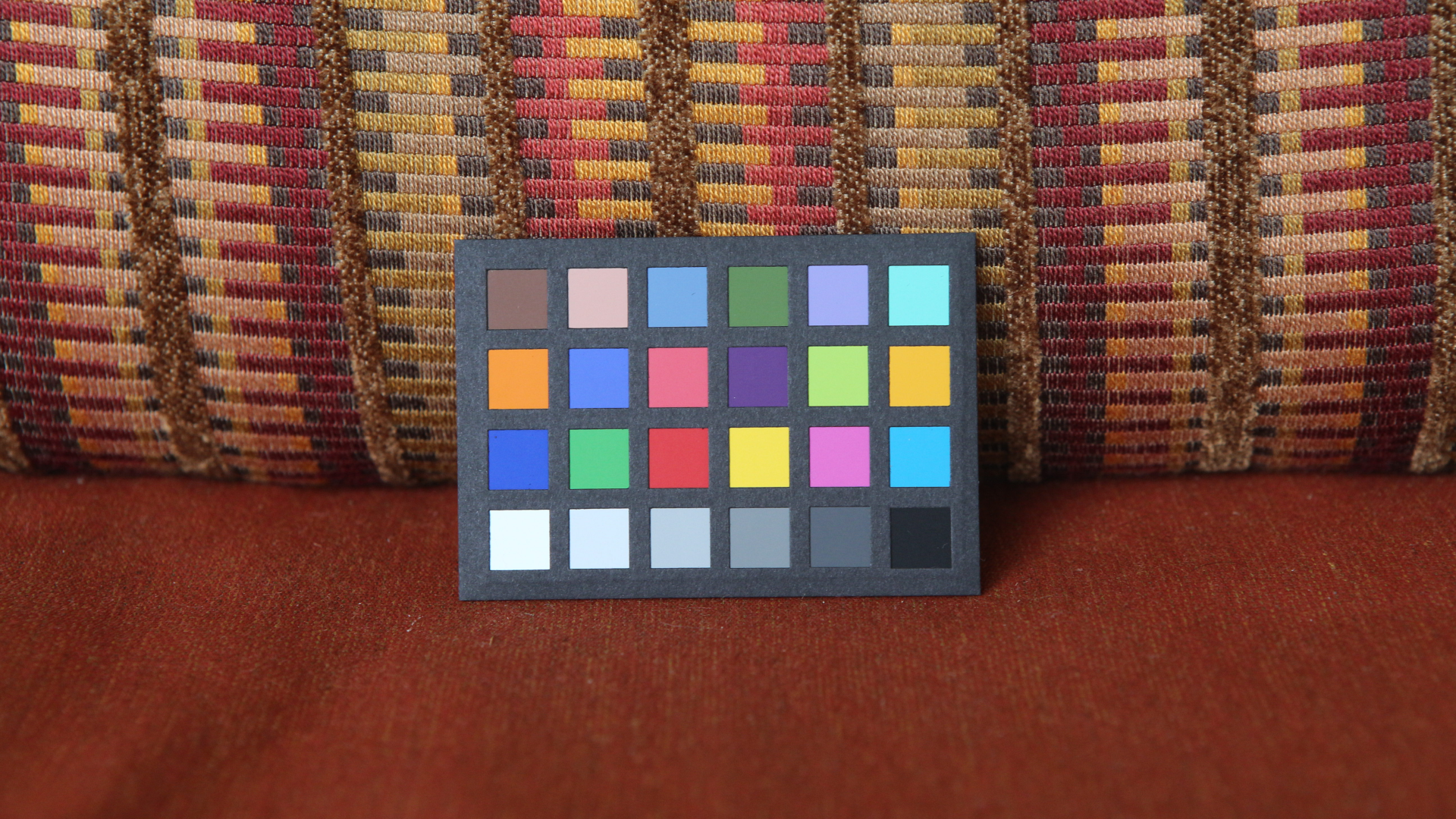







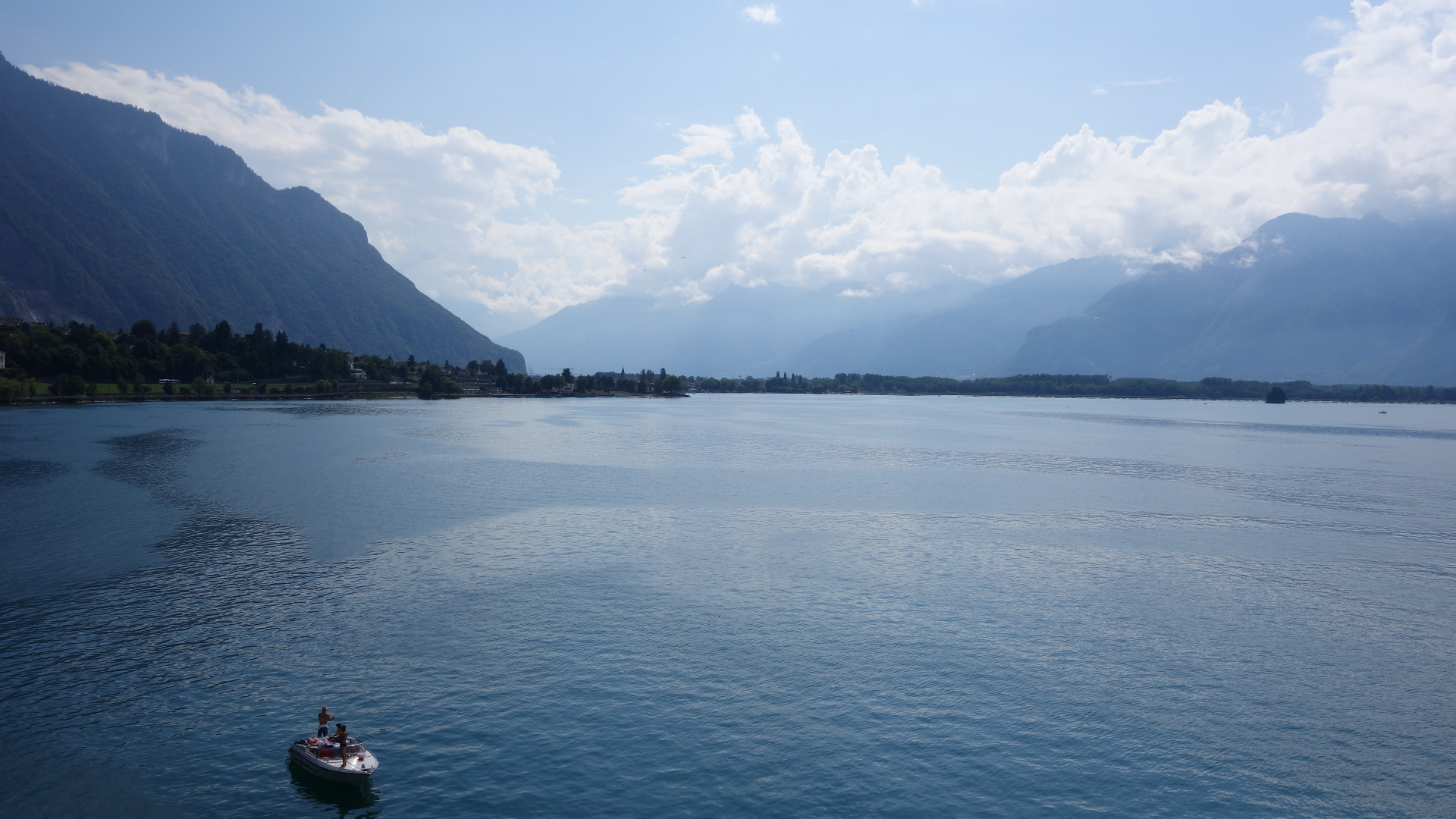
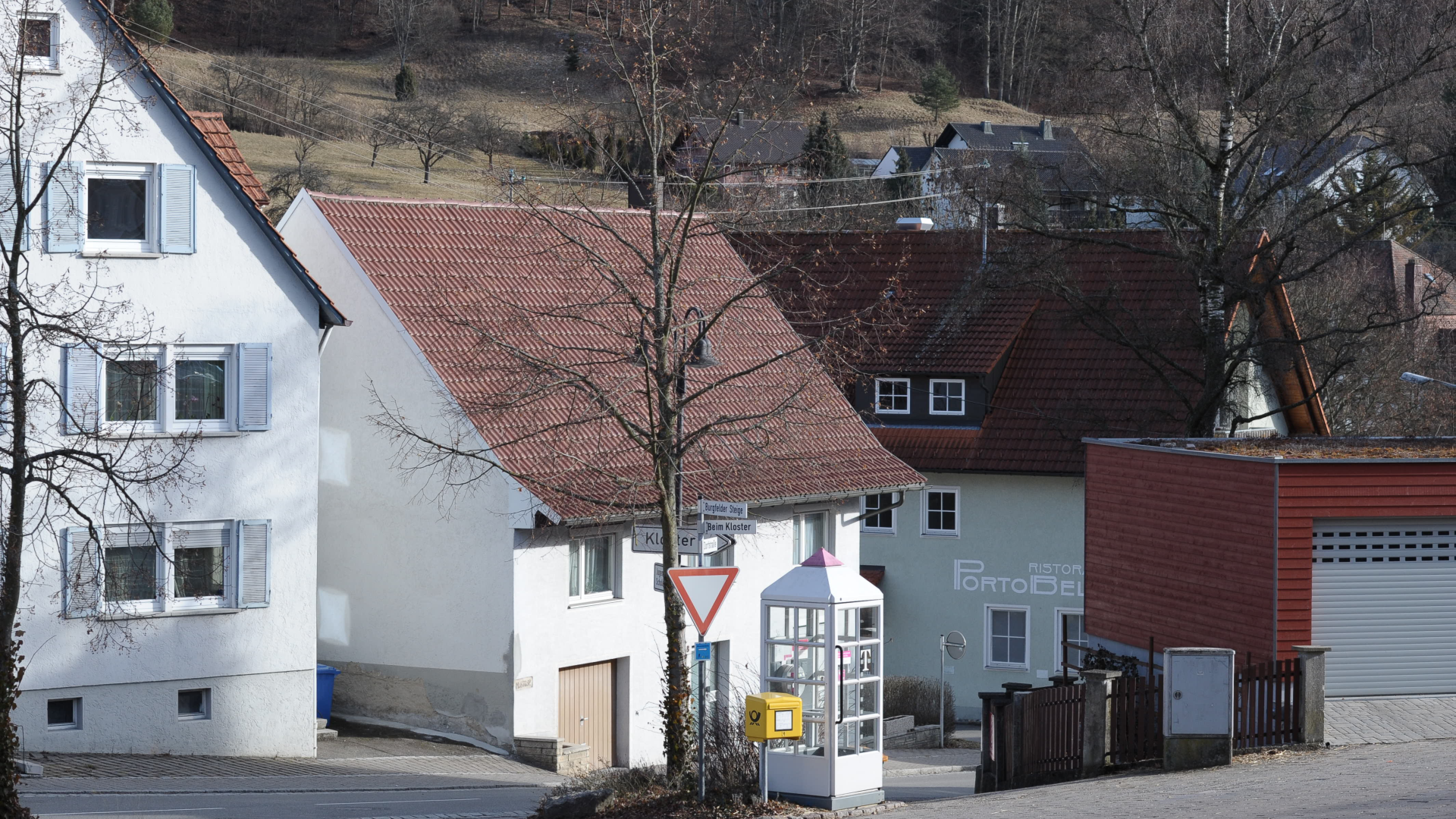


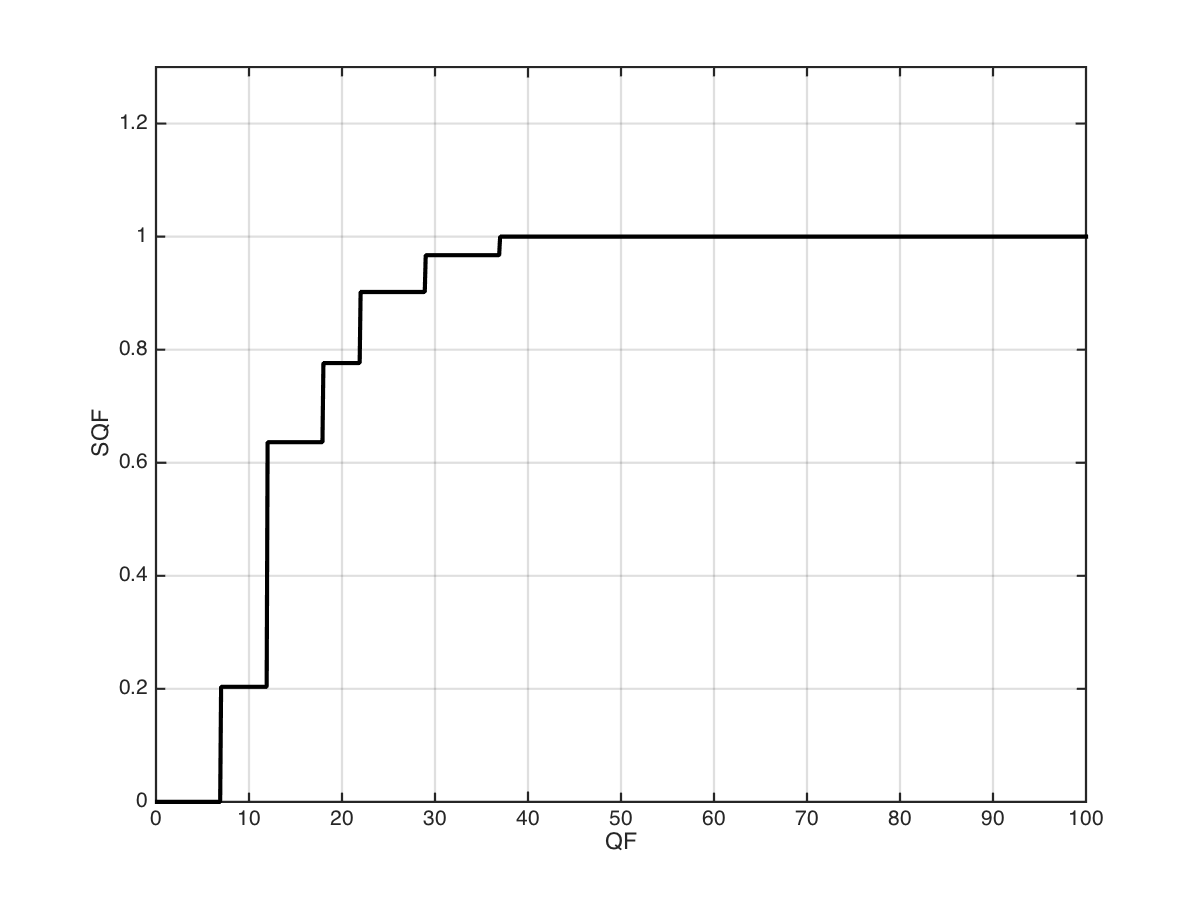
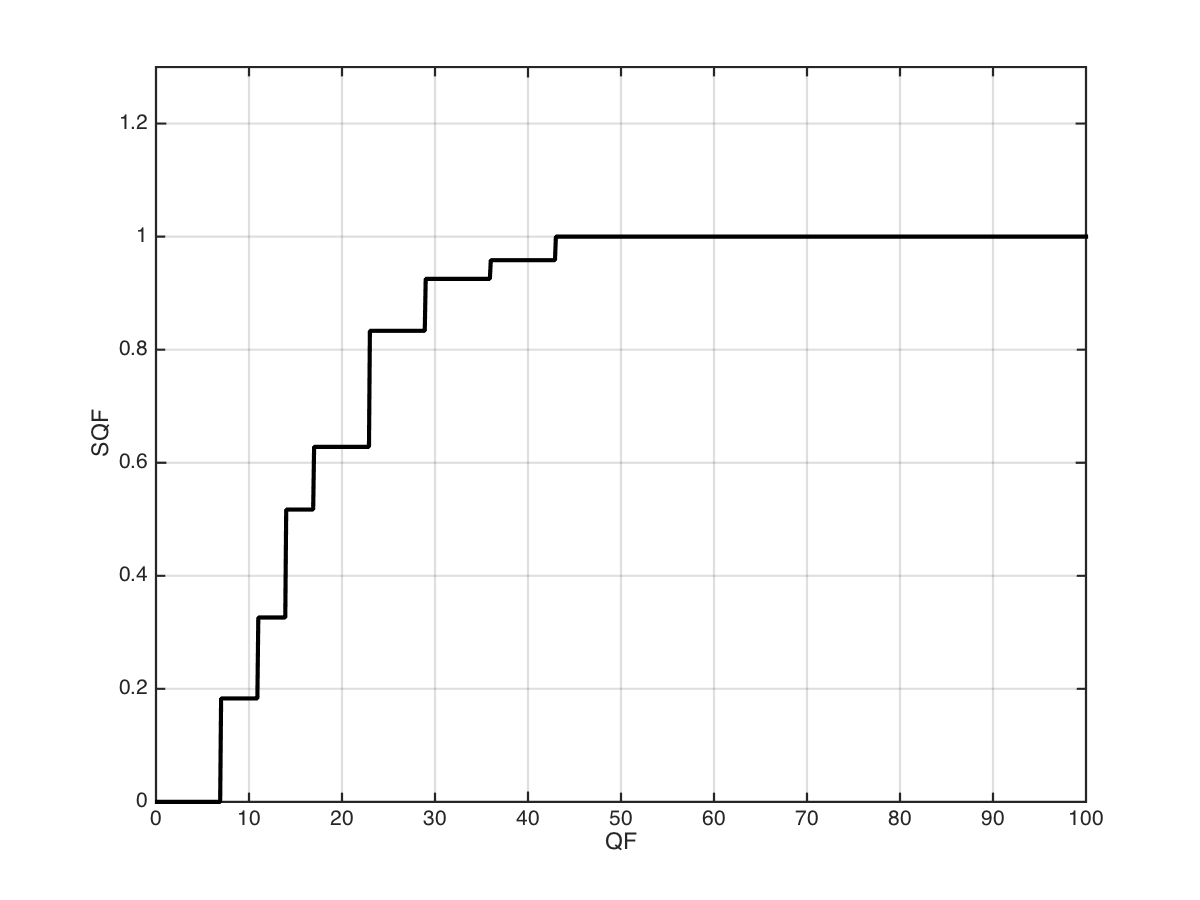
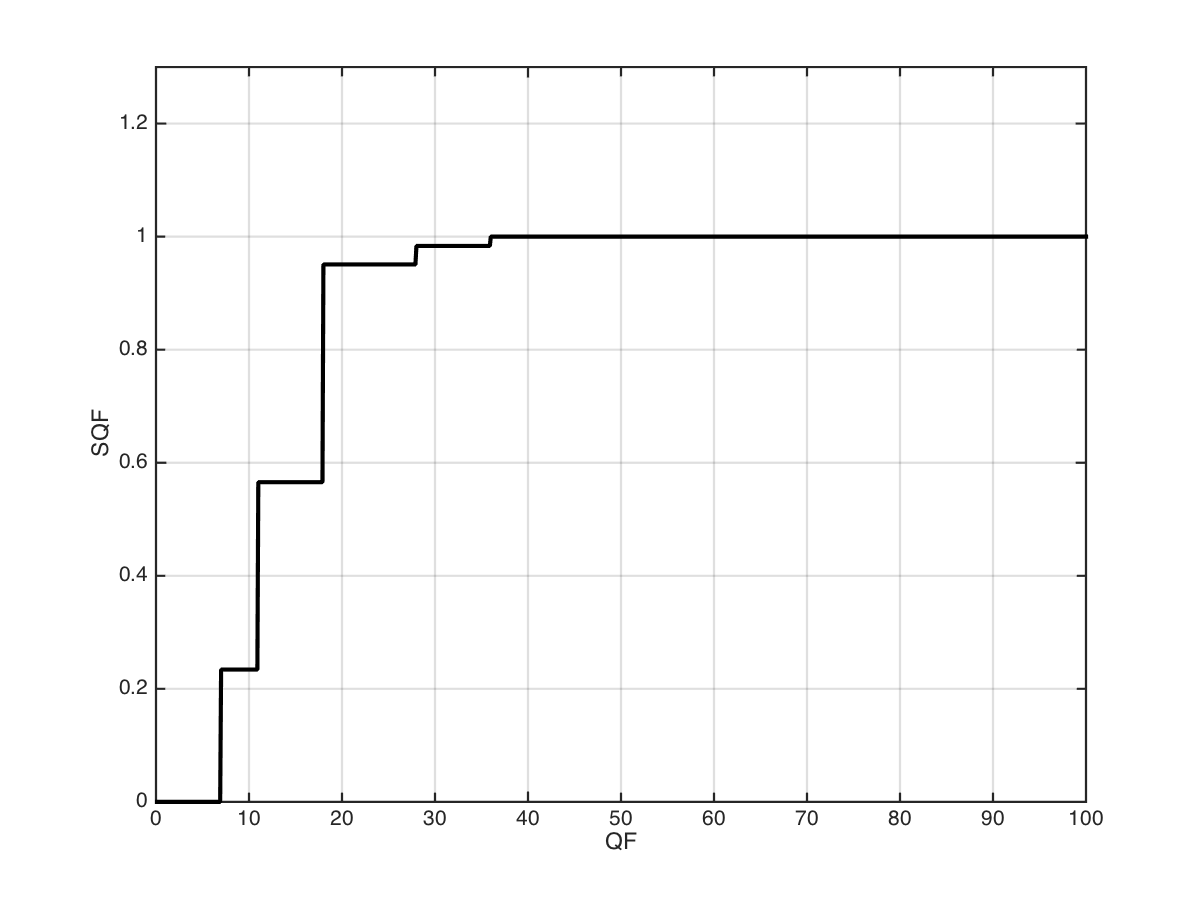
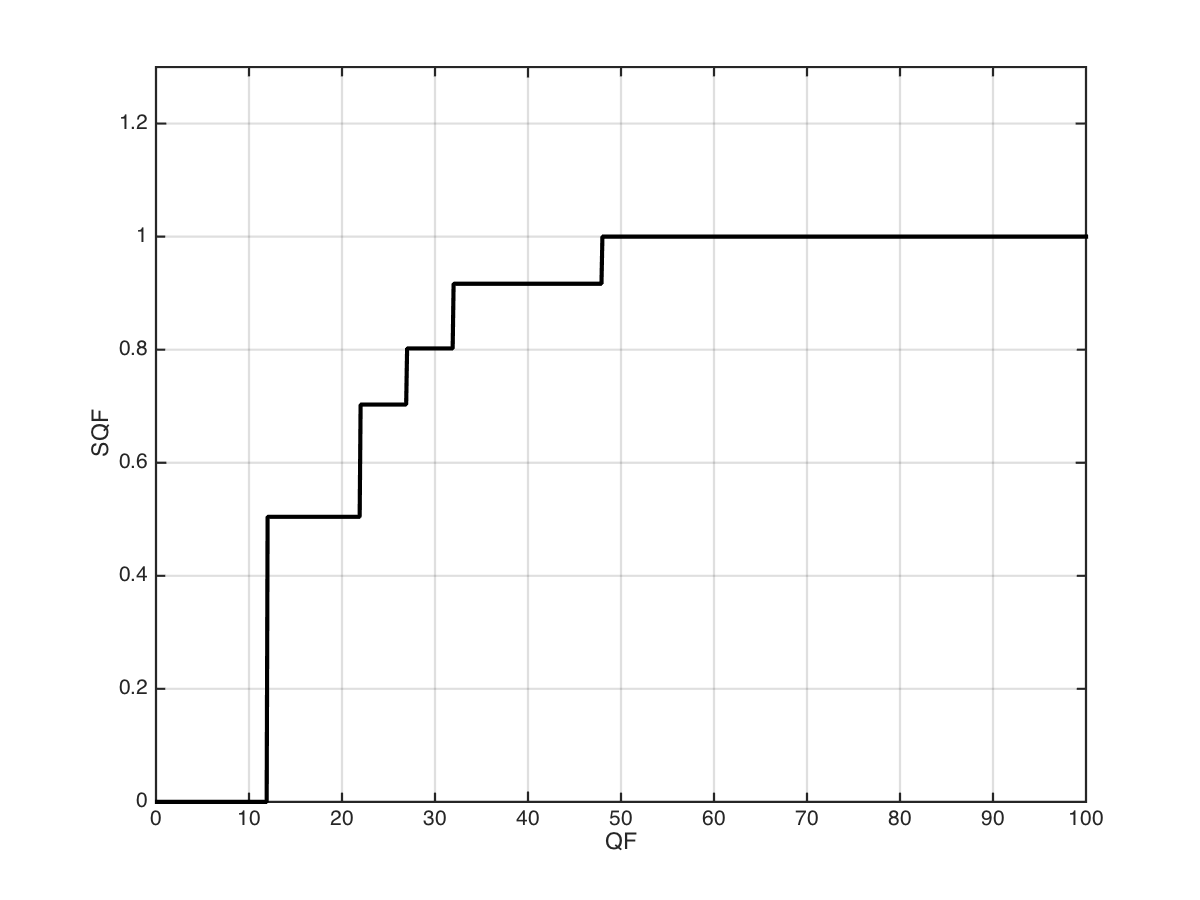
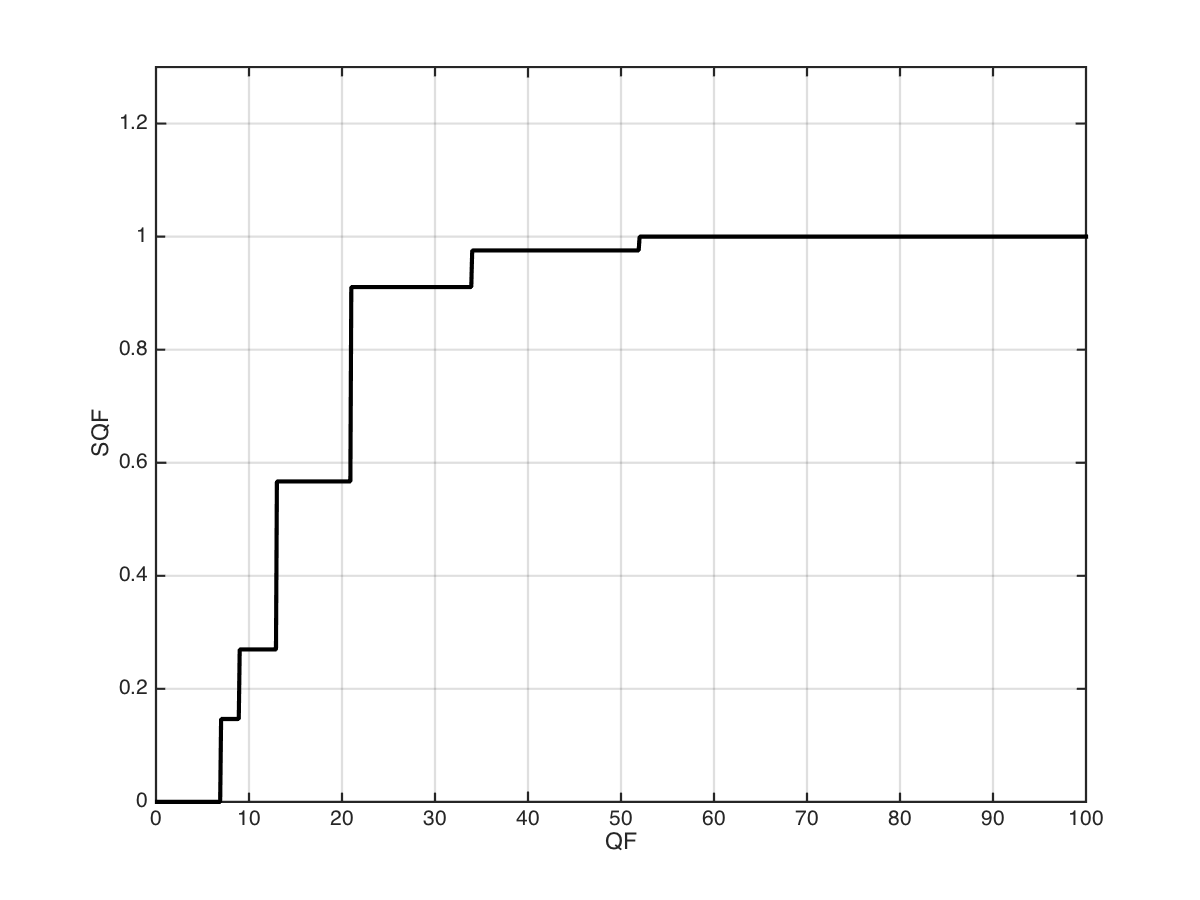
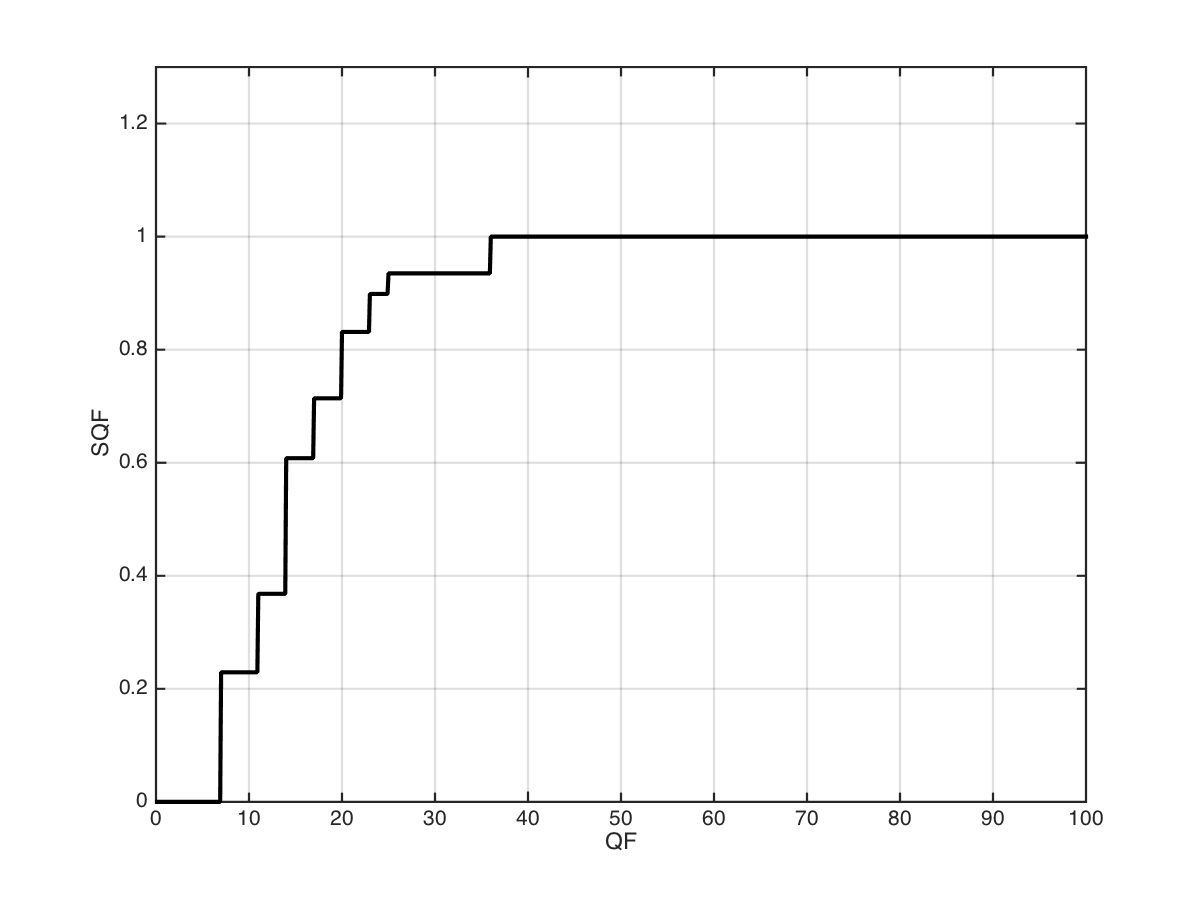
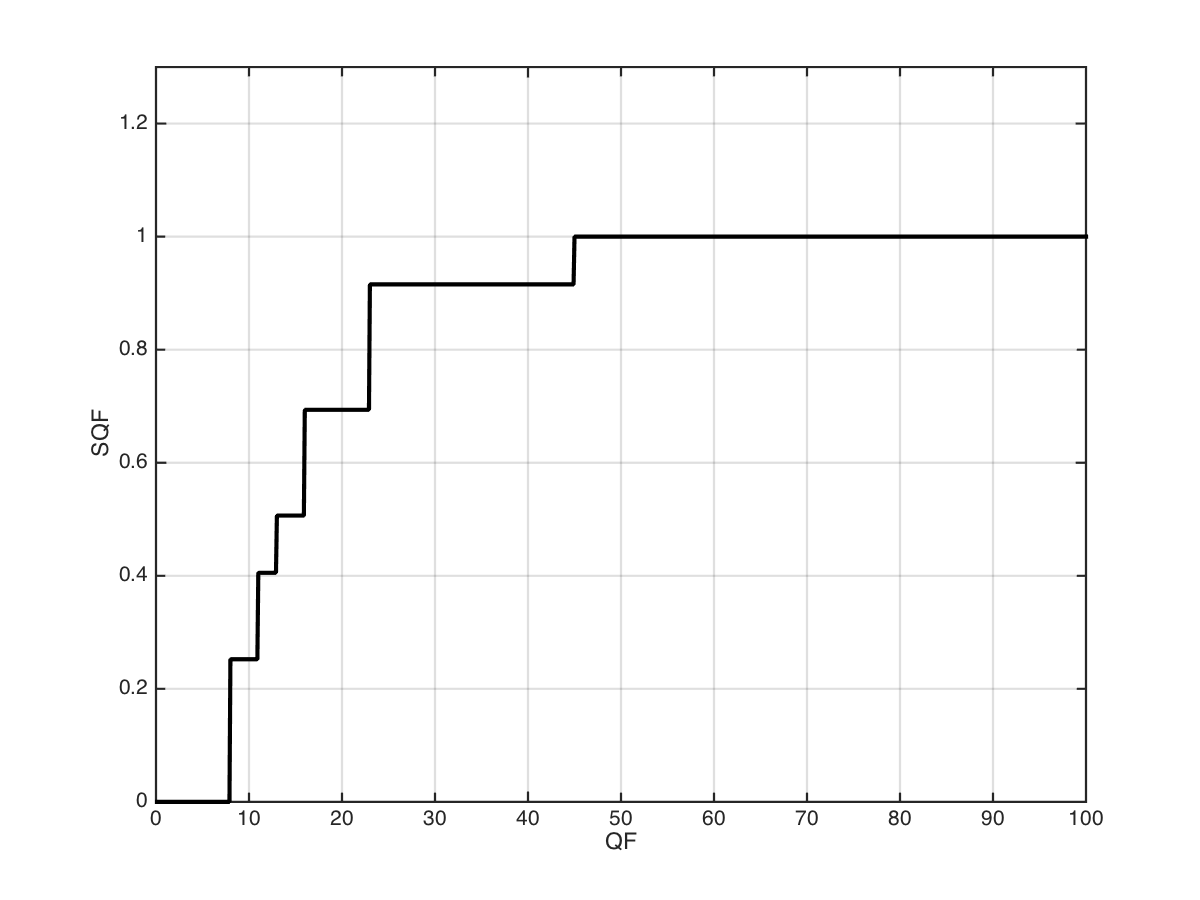
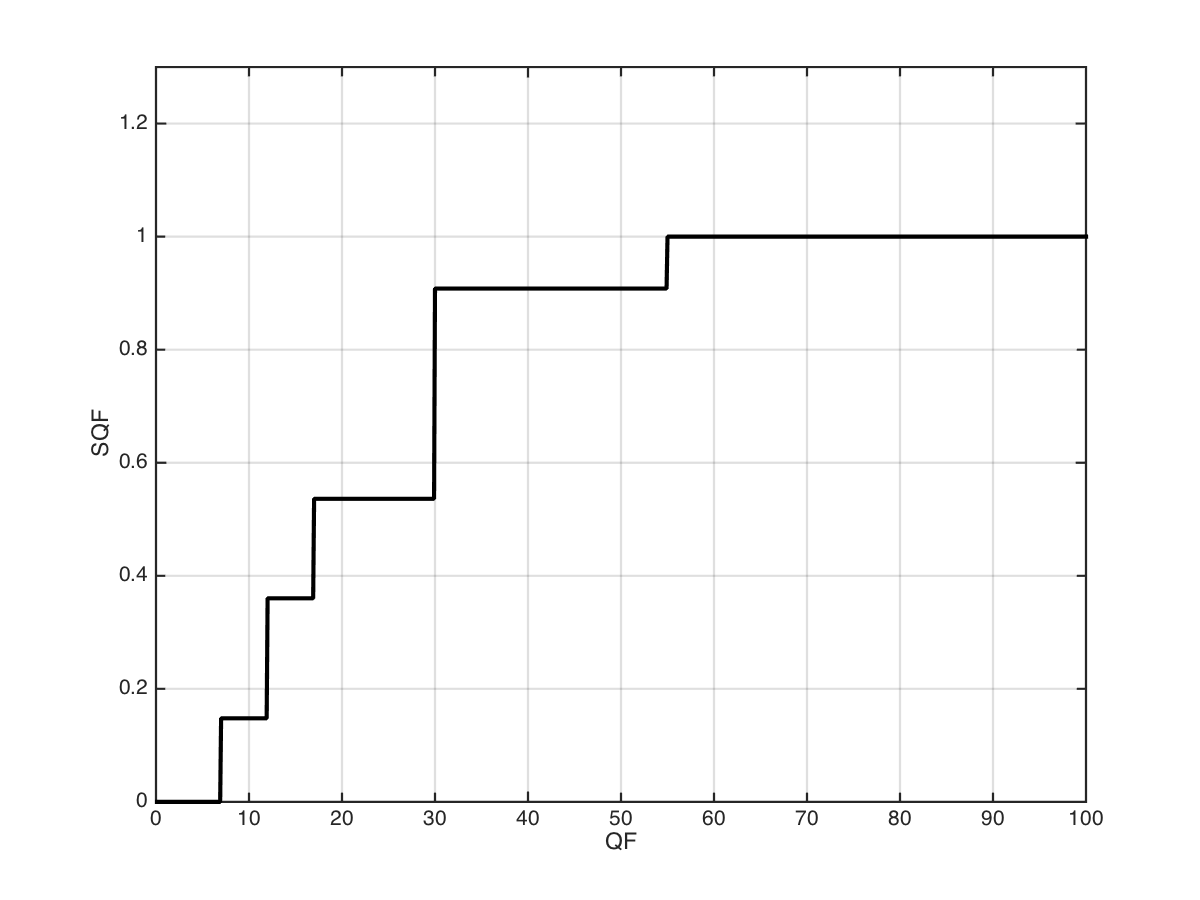
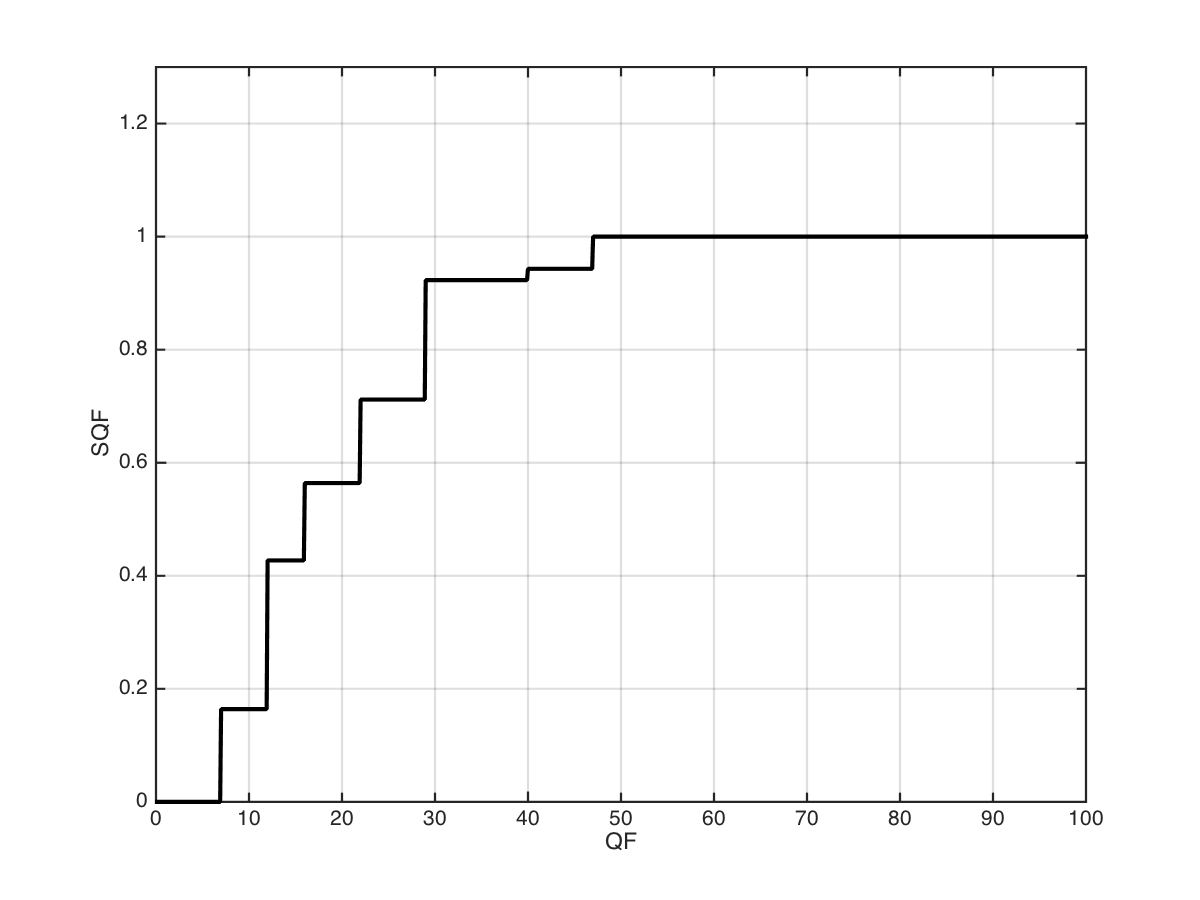
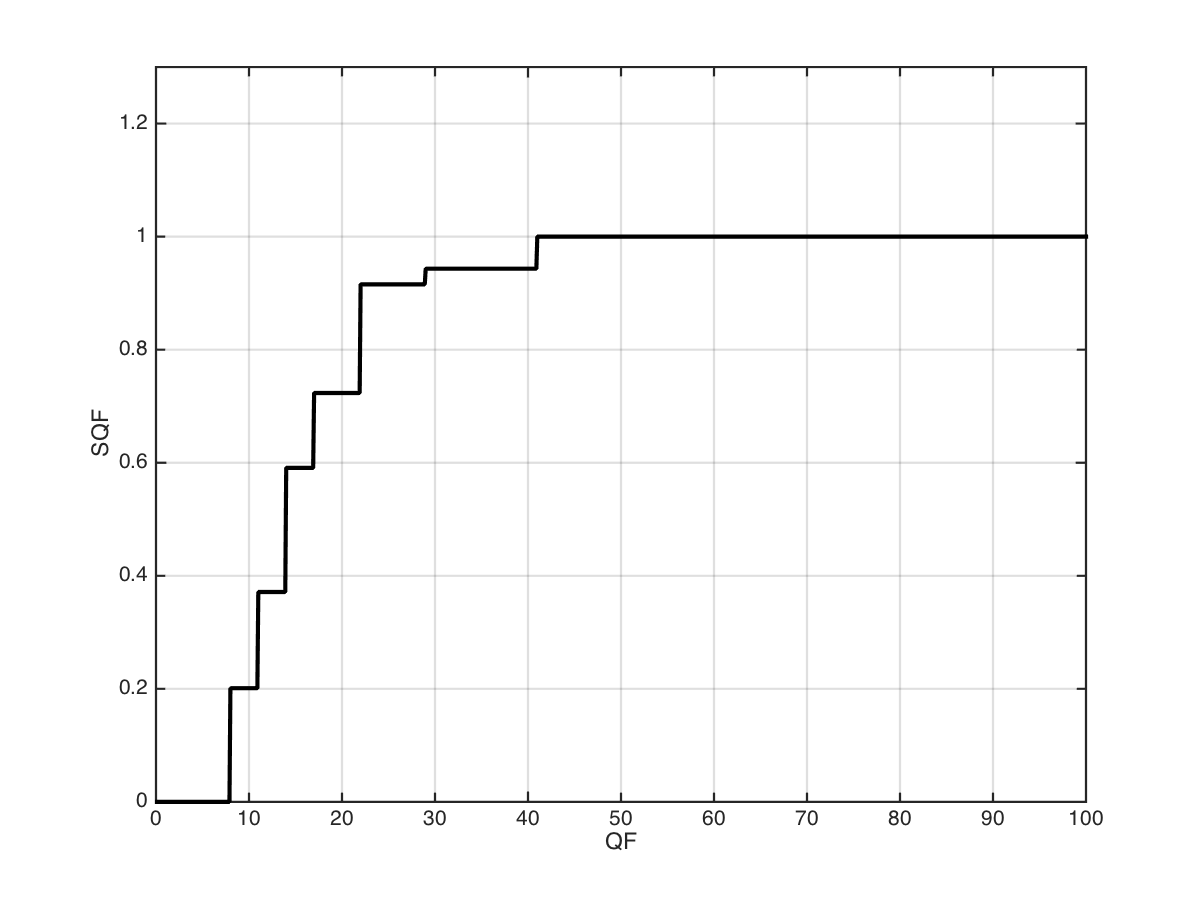
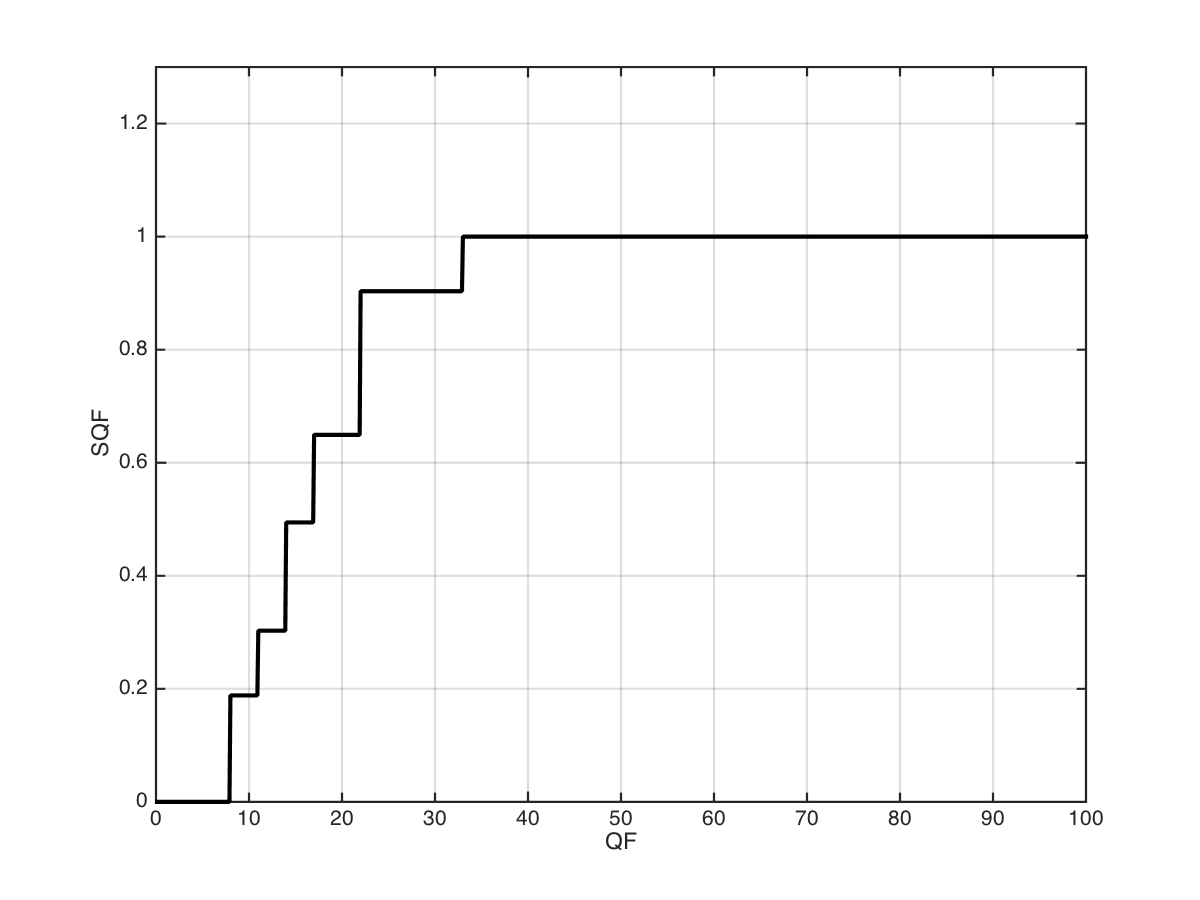
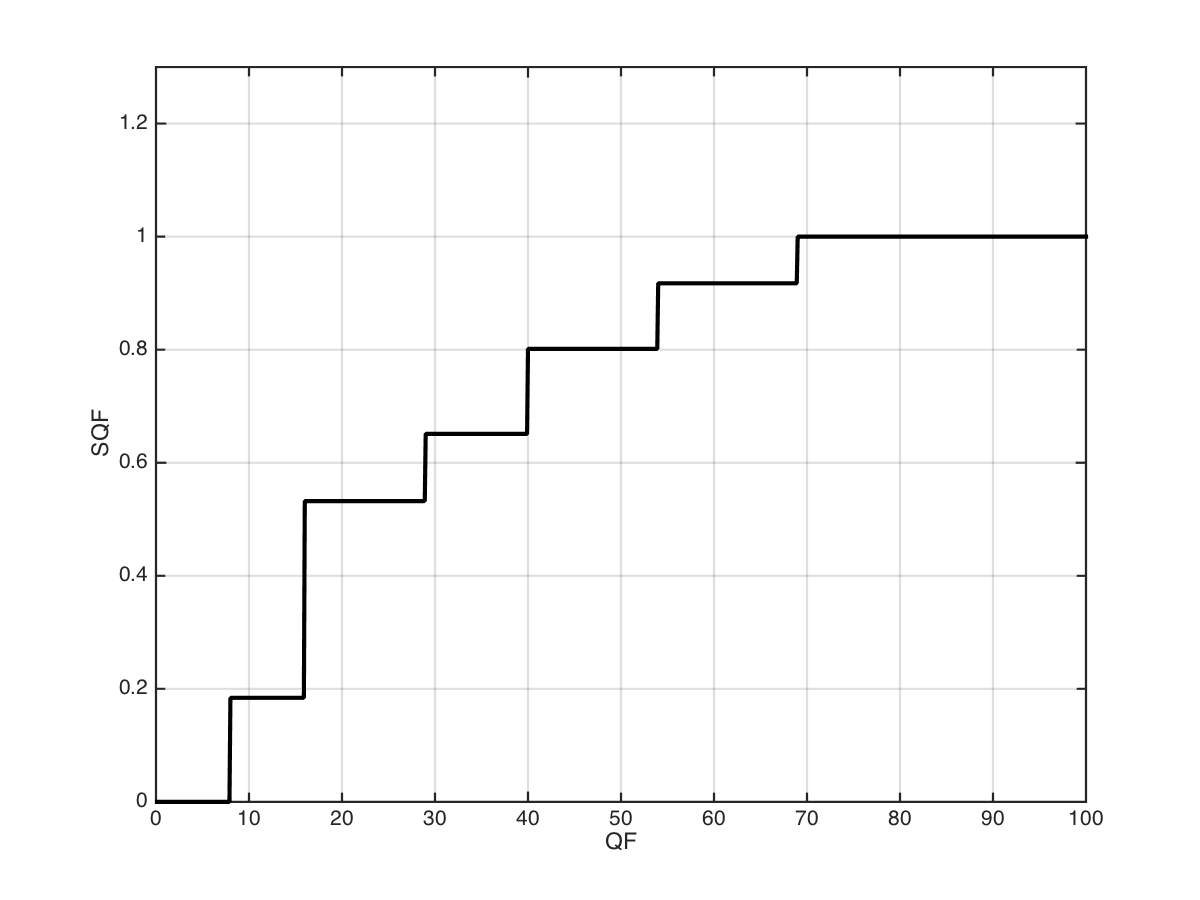
Copyright Notice
Permission is hereby granted, free of charge, to any person obtaining a copy of the database and associated documentation files (the “MCL-JCI DATASET”), to deal in the database without restriction, including without limitation the rights to use, copy, modify, merge, publish, distribute, and/or sell copies of the MCL-JCI DATASET, and to permit persons to whom the dataset is furnished to do so, provided that the above copyright notice(s) and this paragraph and the following two paragraphs appear in all copies of the MCL-JCI DATABASE and in supporting documentation.
IN NO EVENT SHALL THE UNIVERSITY OF SOUTHERN CALIFORNIA BE LIABLE TO ANY PARTY FOR DIRECT, INDIRECT, SPECIAL, INCIDENTAL, OR CONSEQUENTIAL DAMAGES, INCLUDING LOST PROFITS, ARISING OUT OF THE USE OF THE MCL-JCI DATABASE, EVEN IF THE UNIVERSITY OF SOUTHERN CALIFORNIA HAS BEEN ADVISED OF THE POSSIBILITY OF SUCH DAMAGE.
THE UNIVERSITY OF SOUTHERN CALIFORNIA SPECIFICALLY DISCLAIMS ANY WARRANTIES, INCLUDING, BUT NOT LIMITED TO, THE IMPLIED WARRANTIES OF MERCHANTABILITY, FITNESS FOR A PARTICULAR PURPOSE OR NON-INFRINGEMENT. THE MCL-JCI DATABASE PROVIDED HEREUNDER IS ON AN “AS IS” BASIS, AND THE UNIVERSITY OF SOUTHERN CALIFORNIA HAS NO OBLIGATIONS TO PROVIDE MAINTENANCE, SUPPORT, UPDATES, ENHANCEMENTS, OR MODIFICATIONS.
